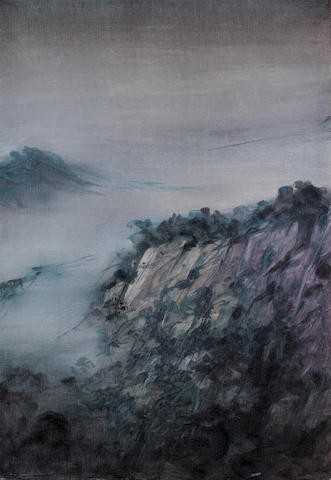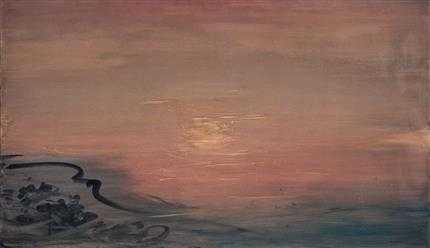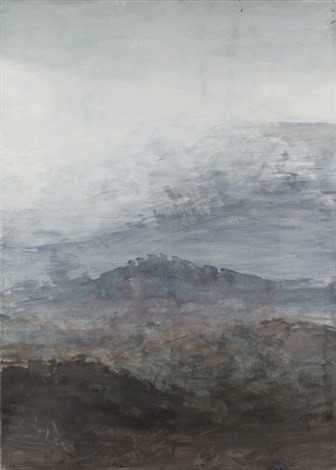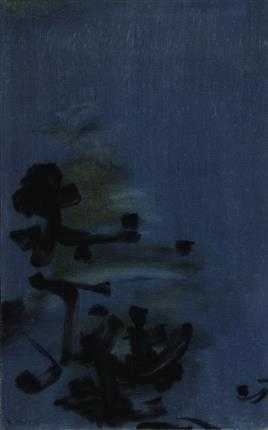- Untitled 1971
- Oil on canvas
- Painting
- 89 * 129 cm
- signed "Nasser" and dated "1971" in English (lower right)
Auction Histories
Sell at
-
Auction House
26 April 2017
Realized Price
Artwork Description
Born in Tehran in 1928, Nasser Assar is one of the most seminal protagonists of the Iranian modernist movement. His works mark both a compositional departure from the academic formalism of the turn of the century, and a clear thematic circumvention of the dominant neo-traditionalist orthodoxy of his time.
His migration to Paris in the 1950s coincided with a critical juncture in the progression of European modernism. Still in its infancy, the French post-war art scene eventually gave rise to the establishment of Tachism and Lyrical Abstraction, movements which heavily influenced the work of Assar. However, whilst operating alongside luminaries such as Tapies, Fautrier, De Stael and Wou Ki, Assar still developed a unique and distinctive style of abstract expressionism which was neither derivative nor imitative of his European counterparts.
Assar's canvases are wrought with a strong sense of conceptual duality derived from the inner-collation of calligraphy and landscape. Taken compositionally, Assar's depiction are built up of pseudocalligraphic oriental letterforms set in an ethereal, polytonal landscape. Yet within the composition itself, letterforms and natural forms are inseparable, having seamlessly permeated their surroundings. This unrestricted oscillation between world and environment, aside from being technically progressive, itself serves as an aesthetic device for the expression of a far more profound artistic impulse whose genesis is found in the Zen calligraphy whose influence is so evident in Assar's work.
In the Zen Buddhist tradition, performing calligraphy, or hitsuzendo, is a meditative practice seminal towards the attainment of spiritual unity with the divine. In light of the universality of his practice, the language in which the calligraphy is composed becomes irrelevant, and Assar's choice to diverge from his native Persian, far from being an act of disregard, is merely an aesthetic affirmation of his belief in the transcendental and universal characteristics of divine truth. Concurring with the Sufi tradition, this entails an understanding of the world which treats worlds, languages and systems of communication merely as names and symbols for illusory, transient, material objects, which cast a deceptive veil of sense experience over the unified, absolute, and singular underlying spiritual reality.
It this underlying reality which Assar attempts to penetrate, by demonstrating that the material landscape of our world is purely an artifact of our linguistic habits, and not a source of absolute truth. This is all achieved within an aesthetic which is both technically proficient and visually diverse, and whose freedom of hand evolves a spontaneity which is at once expressive and unrestrained.
Realized Price
16,849 USD
Min Estimate
11,109 USD
Max Estimate
15,860 USD
Average Artwork Worth
+87.186%
Average Growth of Artwork Worth
Sales Performance Against Estimates
Average & Median Sold Lot Value
2021 - 2025
Performance vs. Estimate
2021 - 2025
Sell-through Rate
2021 - 2025
Similar Artworks
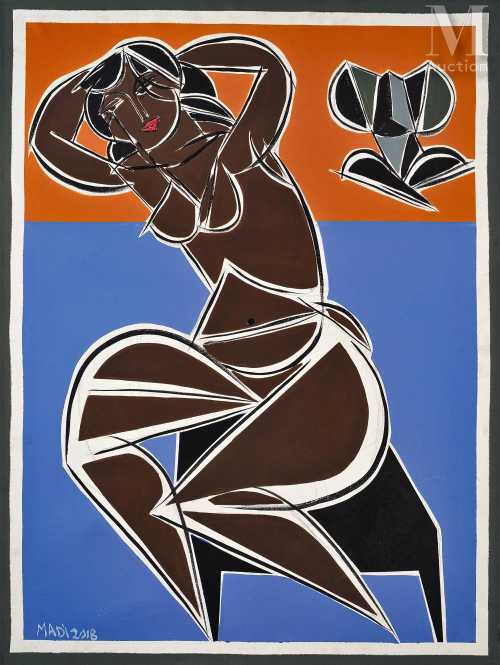
Untitled
Estimation
€46,000
49,094 USD
-
€64,500
68,838 USD
Realized Price
€48,000
51,228 USD
13.122%
Sale Date
Millon & Associés
-
25 April 2024
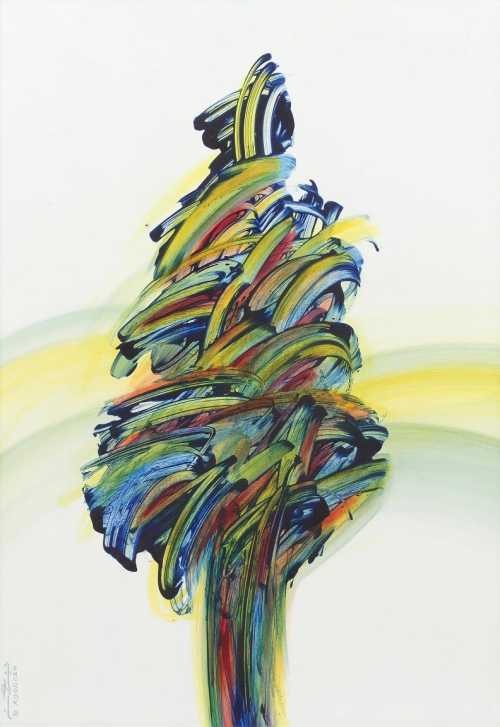
Untitled (Tree)
Estimation
£30,000
38,885 USD
-
£50,000
64,809 USD
Realized Price
£57,550
74,595 USD
43.875%
Sale Date
Bonhams
-
13 November 2024
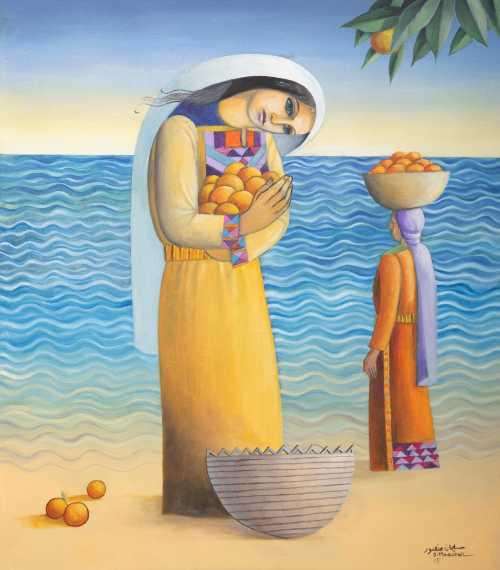
The Lost Sea
Estimation
£40,000
53,763 USD
-
£60,000
80,645 USD
Realized Price
£57,550
77,352 USD
15.1%
Sale Date
Bonhams
-
21 May 2025
